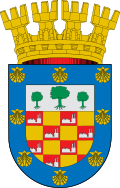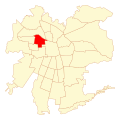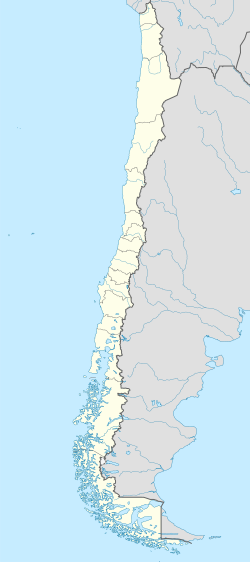Quinta Normal | |
|---|---|
 City Hall | |
| Coordinates(city): 33°25.7′S70°42′W / 33.4283°S 70.700°W | |
| Country | Chile |
| Region | Santiago Metro |
| Province | Santiago |
| Government | |
| • Type | Municipality |
| • Alcalde | Karina Delfino Mussa (PS) |
| Area | |
• Total | 13 km2 (5.0 sq mi) |
| Population (2002 Census) [3] | |
• Total | 104,012 |
| • Density | 8,000/km2 (21,000/sq mi) |
| • Urban | 104,012 |
| • Rural | 0 |
| Sex | |
| • Men | 50,509 |
| • Women | 53,503 |
| Time zone | UTC-4 (CLT [4] ) |
| • Summer (DST) | UTC-3 (CLST [5] ) |
| Area code | 56 + |
| Website | Municipality of Quinta Normal |
Quinta Normal is a commune of Chile located in Santiago Province, Santiago Metropolitan Region. It is named after Quinta Normal Park, which lies directly on the border between Quinta Normal and Santiago Centro, although the park itself is located within the Santiago commune.
Contents






